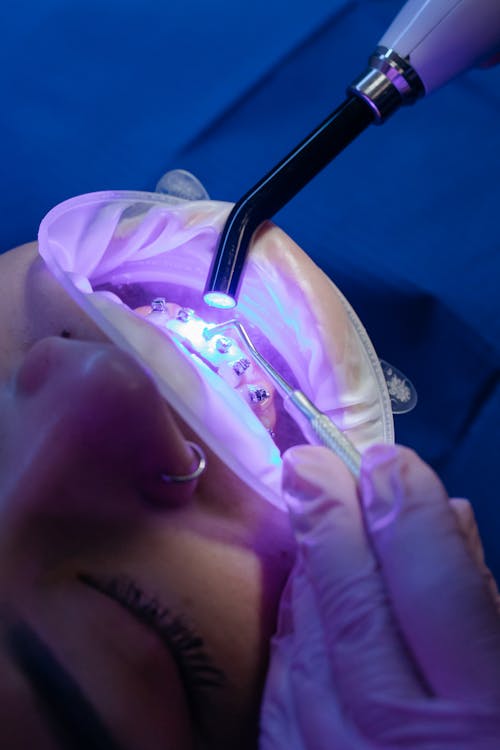Innovations in Dental Implant Surface Treatments: A Comprehensive Review
This article reviews cutting-edge innovations in dental implant surface treatment, exploring their impact on the effectiveness of implants. We discuss emerging techniques and their implications for osseointegration and patient satisfaction. The integration of new technologies can drastically enhance the longevity of dental implants, yielding superior clinical outcomes. Understanding these innovations is essential for dentists aiming to provide the best care. Furthermore, as advancements continue, the implications for patient education and treatment planning become increasingly significant.
Introduction to Innovations in Dental Implant Surface Treatments
The realm of dental implant surface treatment is witnessing unprecedented innovations that promise to change the landscape of dental restoration. Surface treatments have historically played a crucial role in the success of implants, and recent advancements further underscore their importance. From nano-coatings that enhance biocompatibility to 3D printing technologies that allow for bespoke implant designs, the future is bright. These innovations can facilitate better integration with the bone and significantly improve patient outcomes. The continual evolution of these techniques reflects the broader trends within the dental industry, emphasizing technology's pivotal role in enhancing patient care. Understanding these innovations is essential for professionals aiming to remain at the forefront of dental implantology. Advancements in dental implant surface treatment undoubtedly hold the key to transforming patient experience and results.
Emerging Technologies Revolutionizing Surface Treatments
Several emerging technologies are set to revolutionize dental implant surface treatment. For example, the introduction of laser surface modification techniques offers precise control over surface textures, greatly affecting osseointegration. This precision can lead to enhanced stability during healing and ultimately result in greater implant success. Additionally, advances in biomaterials, such as titanium oxides that promote better cell adhesion, further enrich the treatment landscape. By tailoring surface characteristics to match biological needs, the possibilities for improved patient care expand dramatically. Staying informed about these emerging technologies is crucial for dental practitioners as they seek to provide personalized and effective solutions for patients. Embracing innovation in dental implant surface treatment will lead to more favorable clinical outcomes.
The Role of Nanotechnology in Dental Implant Surface Treatments
Nanotechnology is increasingly becoming integral to the development of dental implant surface treatments. The manipulation of materials at the nanoscale allows for the creation of surfaces that can mimic natural bone properties, facilitating faster healing. Studies have shown that nanoscale alterations can enhance protein absorption, leading to improved cell attachment and growth. This technology emphasizes the importance of surface treatment in the success of implants by enhancing biological interactions at the microscopic level. As research continues, the potential for further applications of nanotechnology in this field appears promising. The influence of nanotechnology on dental implant surface treatment emphasizes a prevailing trend: integrating the latest technological breakthroughs with clinical practice.
Patient Satisfaction and Long-term Outcomes
As innovations in dental implant surface treatment advance, patient satisfaction remains a key metric for assessing their effectiveness. Enhanced surface treatments can lead to quicker recovery times, fewer complications, and improved overall dental function. Regular feedback from patients undergoing these advanced treatments is essential for refining techniques and outcomes. Researchers and practitioners must prioritize patient perspectives and experiences when evaluating the effectiveness of new surface modifications. The intersection of patient satisfaction and clinical success presents significant implications for practices committed to quality care. Ensuring a positive patient experience aligns seamlessly with the goal of achieving long-lasting outcomes in dental implants. This patient-centered approach underscores the value of continuous improvement in dental implant surface treatment methods.
Future Trends in Dental Implant Surface Treatments
The future of dental implant surface treatment is poised for further innovations that will continue to redefine standards in patient care. Continuous investments in research are essential to unlocking new materials and methods that will drive the next wave of advancements. The prediction of developing bioactive surfaces which actively participate in the healing process exemplifies exciting possibilities on the horizon. Furthermore, we may witness the integration of artificial intelligence in treatment protocols, optimizing patient-specific solutions. Ensuring that dental professionals remain abreast of these future trends is paramount. Staying informed will allow for the adoption of emerging best practices that can significantly enhance clinical results.
Conclusion: Embracing Innovation in Dental Implant Surface Treatment
In conclusion, the innovations in dental implant surface treatment mark a significant evolution in dental practice. As technology progresses, the potential for enhanced patient outcomes and satisfaction grows immensely. Understanding these advancements equips dental professionals with the tools to provide better care, leading to improved success rates and overall patient experience. Embracing new techniques in dental implant surface treatment is critical for future success within the industry. As dentists continue to innovate, the implications extend beyond clinical success to foster trust between practitioners and patients. The rapid pace of change in this field warrants an ongoing commitment to learning and adapting for everyone involved.
